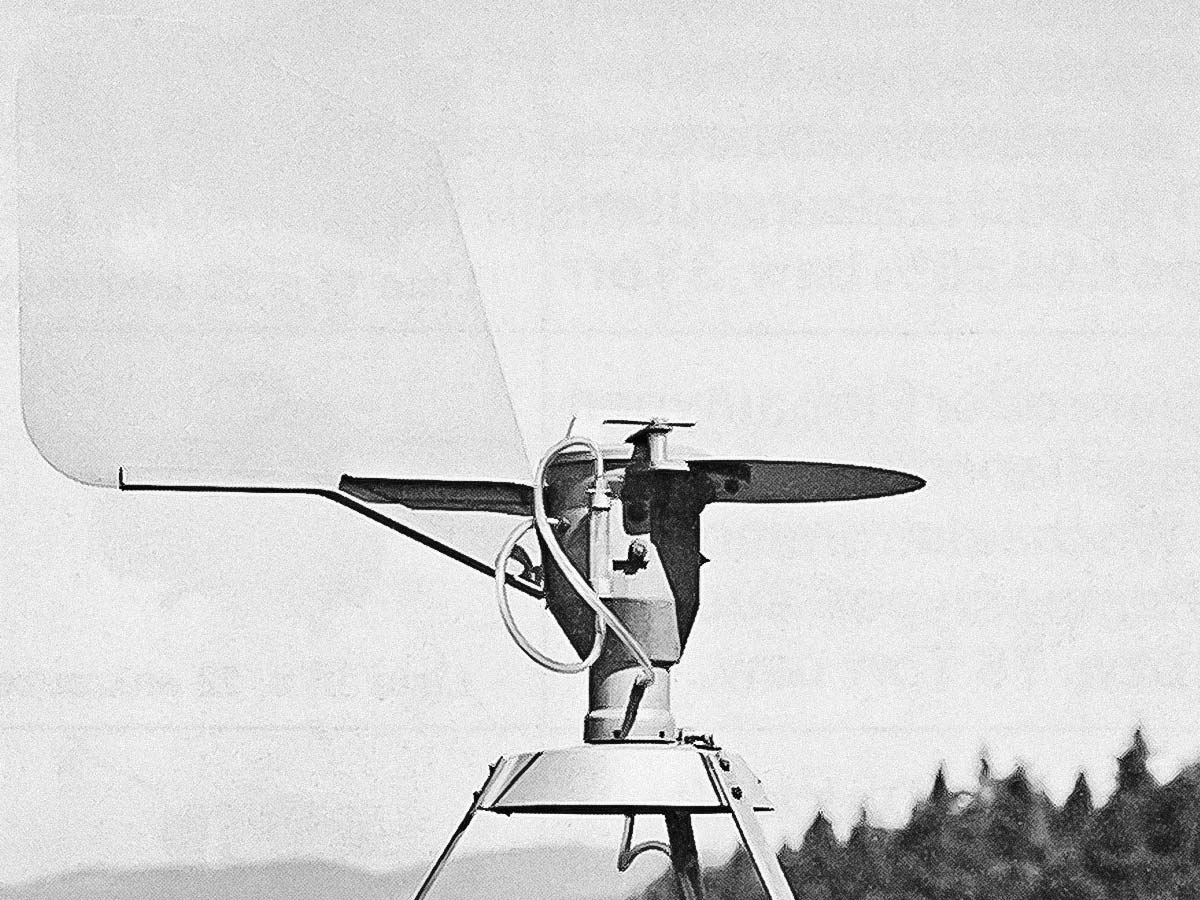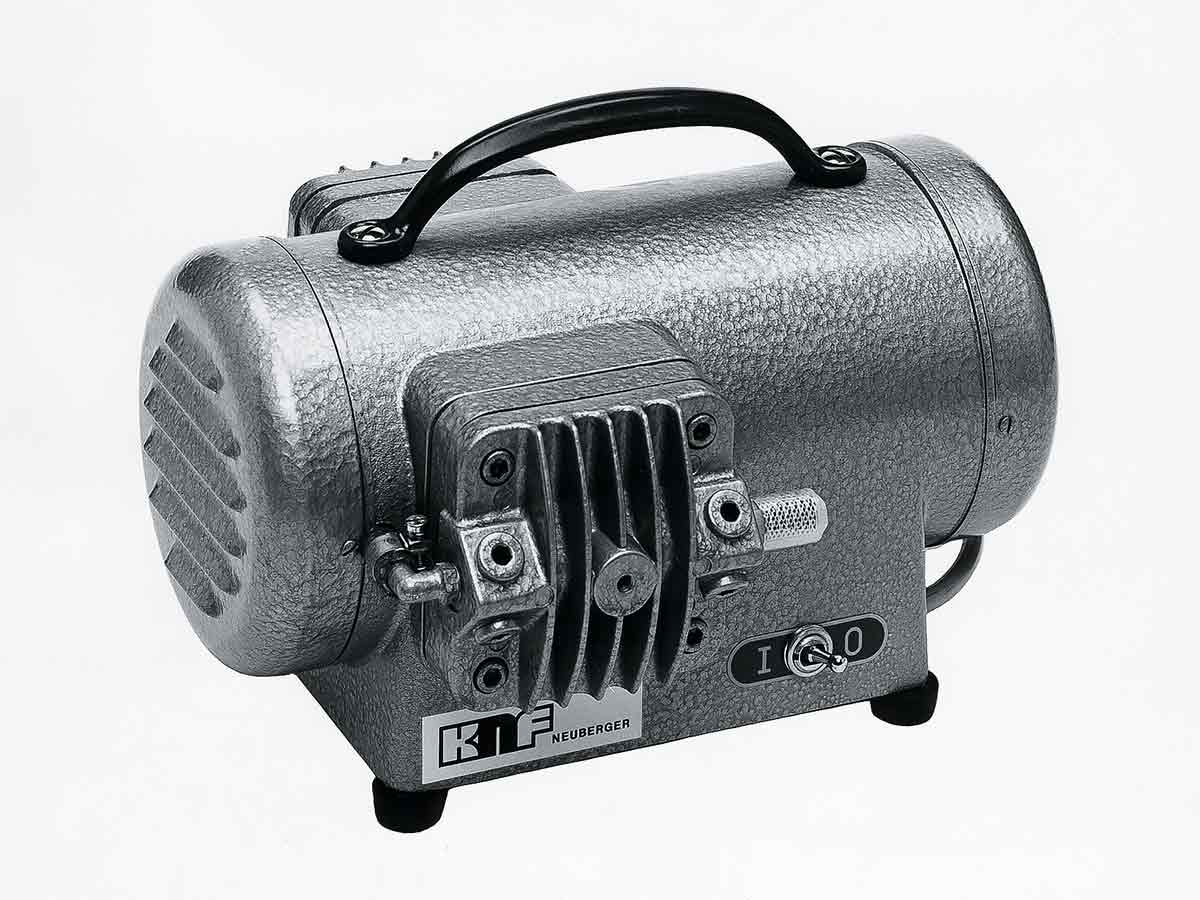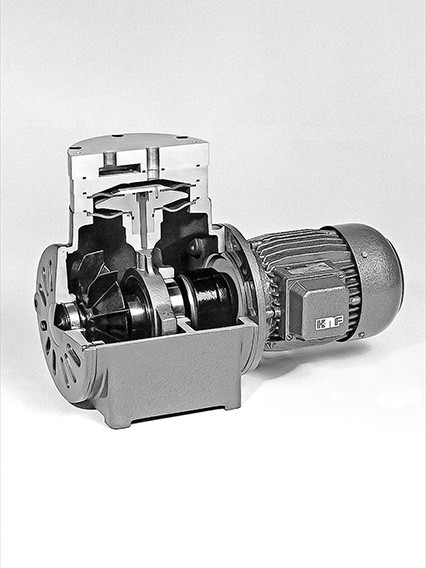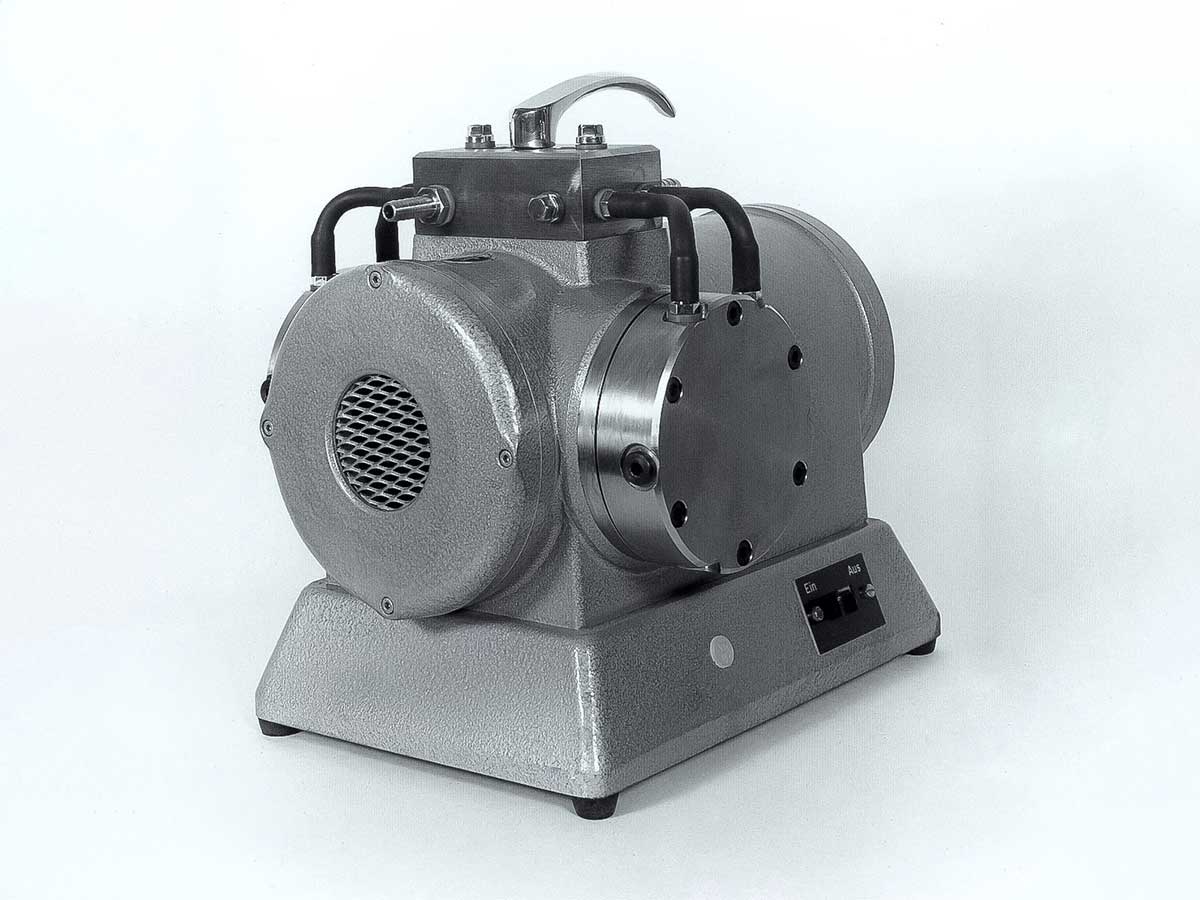
Testing Filter Systems in Reactor Buildings
Few still remember the thrilling chapter in German history when, in 1956, a nuclear research center is established, which is to become the site of one of the first German research reactors. At the time, nuclear power sparks great hope. On June 19, 1956, Franz Josef Strauß, Federal Minister for Atomic Affairs from 1955 to 1956, signs the certificate of incorporation for the nuclear research center in Karlsruhe. In an interview with the Norddeutscher Rundfunk broadcasting company, he states his personal belief that the exploitation of nuclear energy for economic and cultural purposes would carry the same weight in modern history as early humans’ discovery of fire did in the past.
In the early 1970s, scientists at this research center develop filter systems for reactor buildings. These need to be designed to absorb more than 99% of the nuclear fission products created by a potential nuclear accident. Suitable absorber materials are tested in Karlsruhe, and multiple KNF diaphragm pumps play a critical role in these trials.
The absorber material is inserted into test tubes and blasted with moist air for 40 hours. A KNF NK 50 diaphragm pump, which is mounted at the end of the testing line, draws the moist air stream through the test filter. The next step is the decisive part of the test: Upstream of the test filters, the researchers inject radioactively labeled iodine from a pressure cylinder into the moist air stream. It is the job of a KNF diaphragm compressor to pressurize the pressure cylinder without allowing dust in. KNF supplies a special and particularly gastight version of the compressor, which ensures that testing with radioactive gas can be conducted safely.
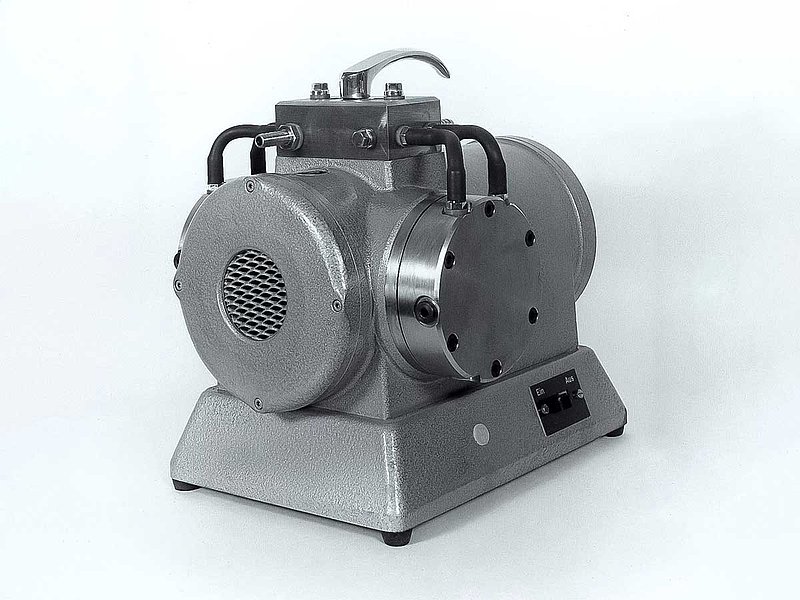
Following the Chernobyl disaster in 1986, the excitement surrounding nuclear physics quickly dies out, and the nuclear research center gets transformed into a larger research center which is currently part of the Karlsruhe Institute of Technology (KIT). Still, KNF has managed to gain a permanent foothold in the industrial sector.
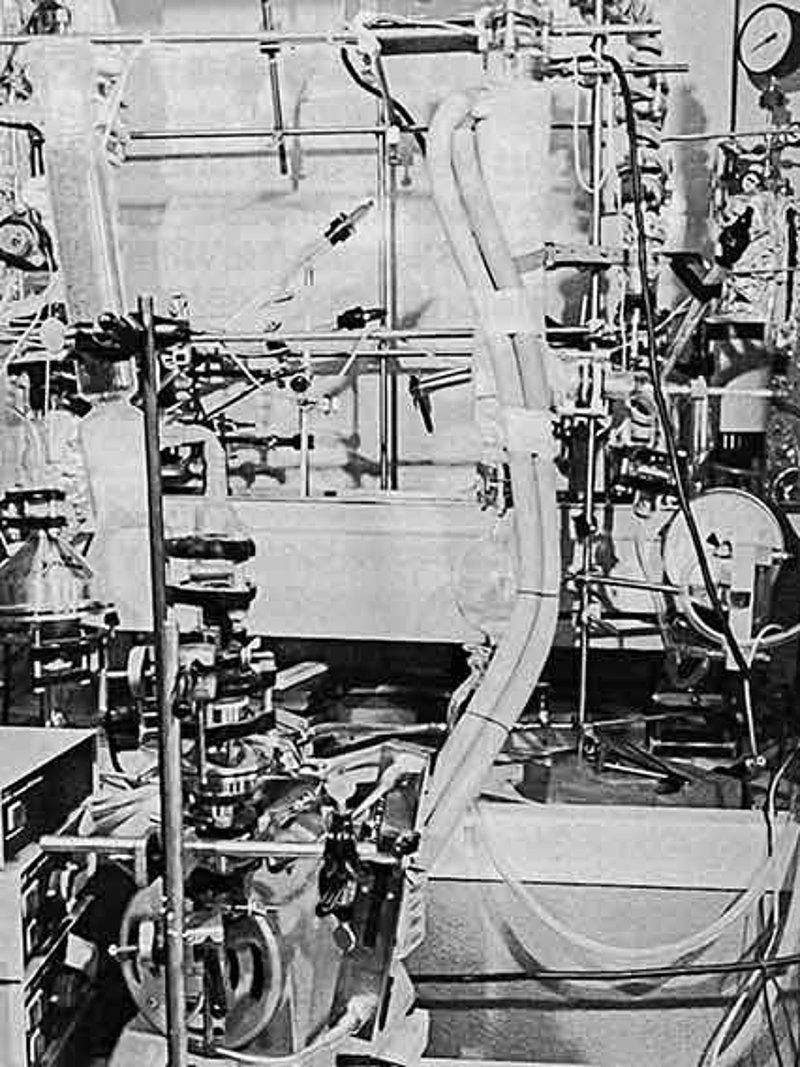
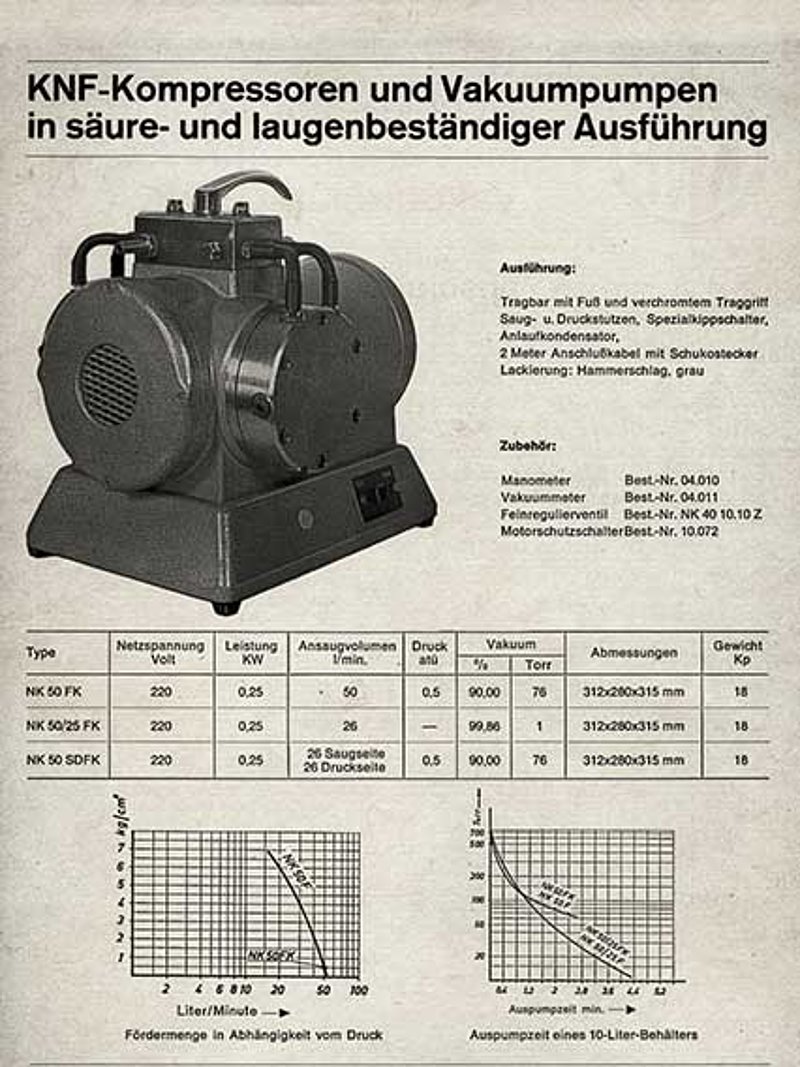
KNF Blog Knowledge Flows
Follow the latest trends and stories on how diaphragm pump technology drives evolution in the market.


